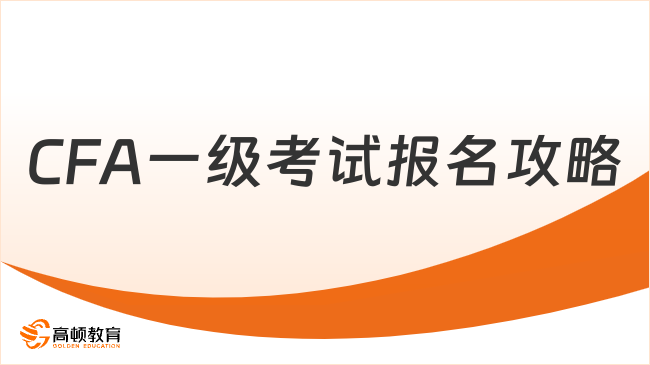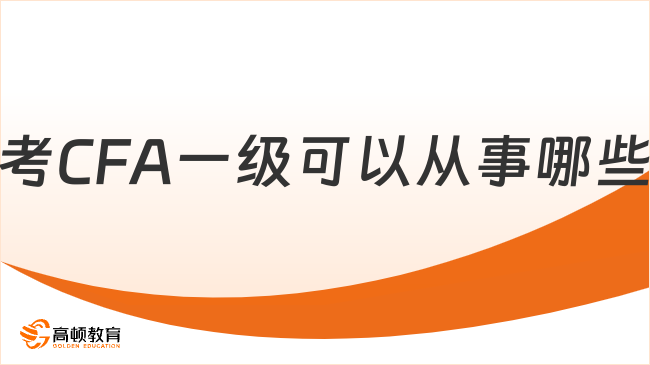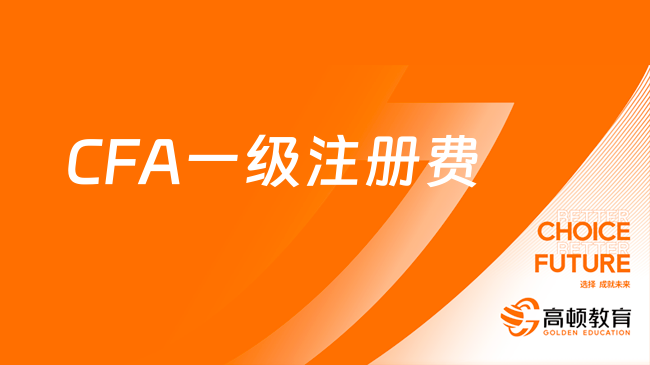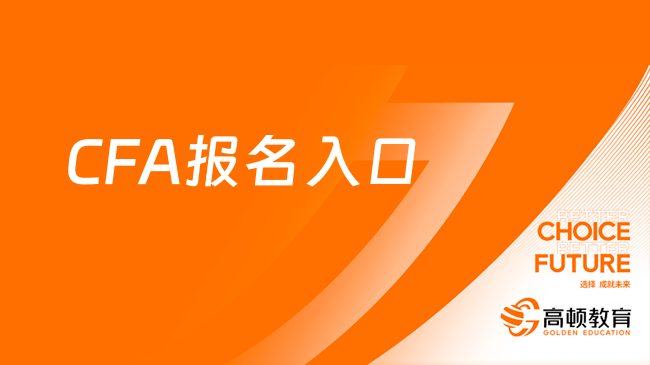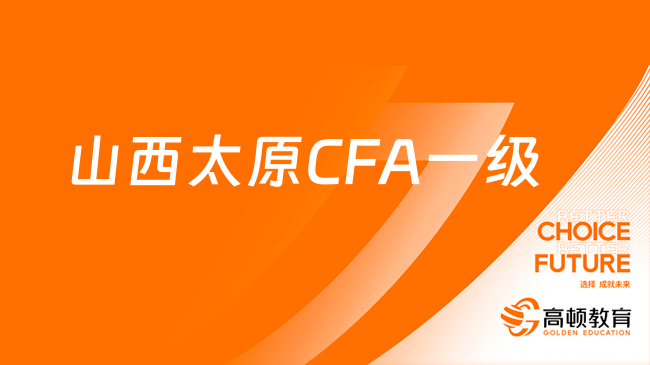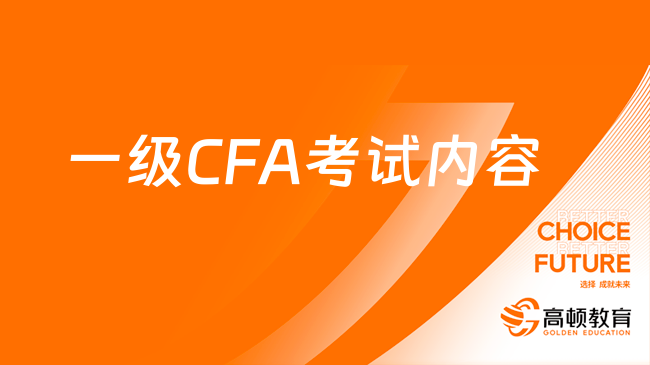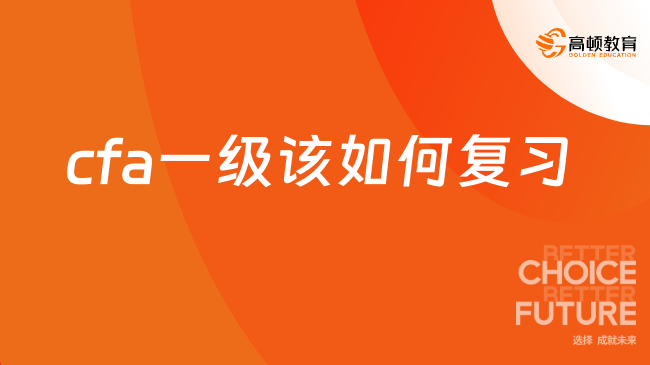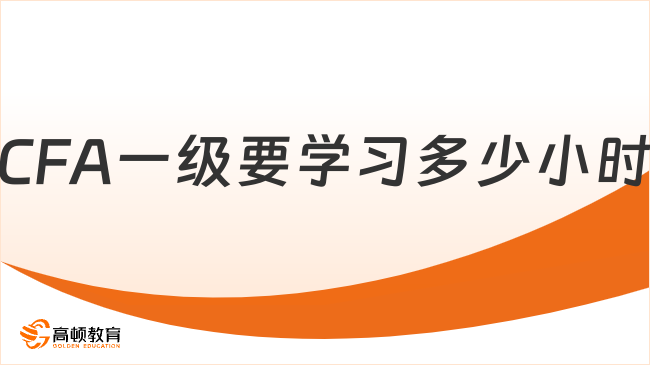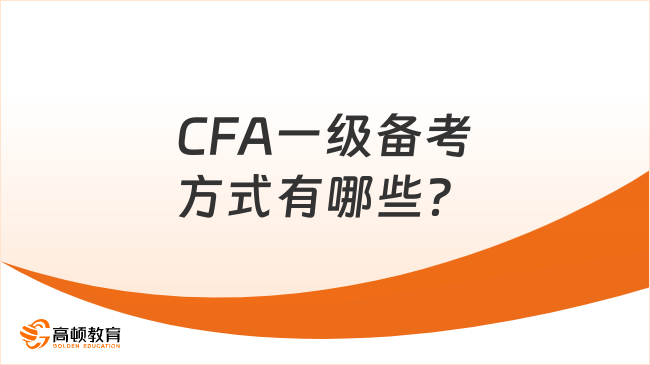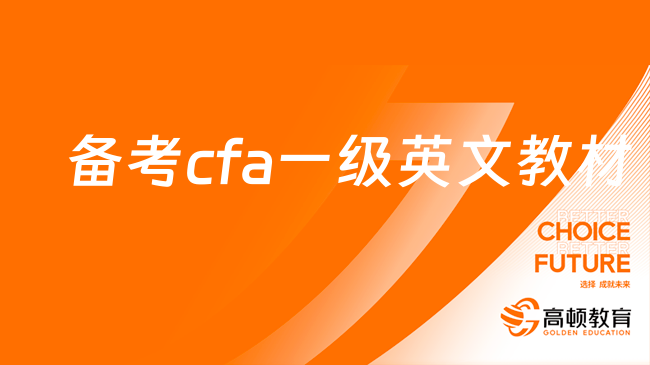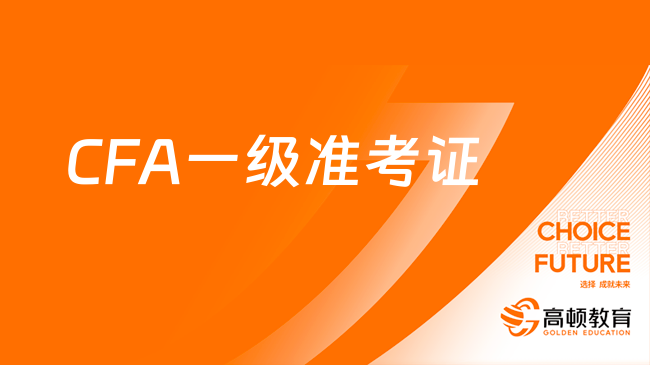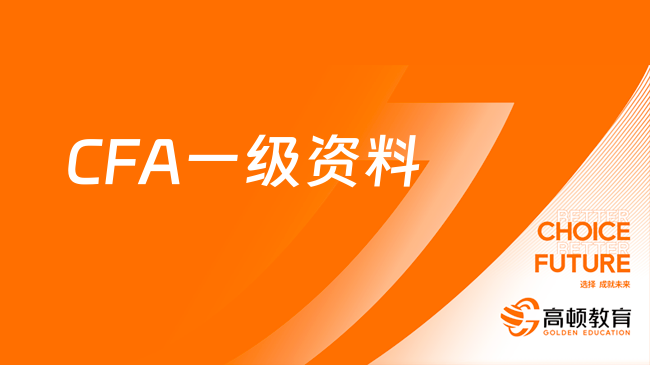2016cfa一级notes阅读技巧分享:备考CFA,NOTES就会成为你的陪伴。高顿网校小编建议一些看notes的方法,针对CFA学习没有什么基础可以从Economics经济学入门,其他可以按照notes的顺序阅读,道德Ethical and Professional Standards 放在最后阅读,因为Ethical and Professional Standards 主要是记忆。

2、Financail Statement Analysis,建议直接用官方教材,讲得比较系统而且不枯燥,知识点比较多,教材在一级不用掌握很深的知识点上篇幅掌握很好,用note 会疑问较多,因为会计知识相当深,很多一级考试不必要掌握。但是这一部分是一级考试重中之重。除了看书以外一定要配合做高顿网校CFA题库。晚了看Corporate Finance,问题不大,其中Corporate Governance(公司治理部分)是一个独立的知识点,建议加强中文知识背景学习。
3、Economics 没有经济学基础要补充中文知识背景,这一块教材讲得不经典,市场有很多经济学原理的教材,初级点的高鸿业、梁小平的,中级点曼昆、萨缪尔森的经济学原理。
4、Ethics只有靠死记,Quantitive部分学习一级不是很深。
2015年cfa一级notes 与 2016cfa一级notes中考纲的主要变化部分:
变动部分:
1.财务报告及分析 Financial Reporting and Analysis
SS7,R23.Financial Reporting Mechanics
新增考点:
1、describe how business activities are classified for financial reporting purposes
SS8,R25.Understanding Income Statements
新增考点:
1、describe key aspects of the converged accounting standards issued by the International Accounting Standards Board and Financial Accounting Standards Board in May 2014;
SS9,Reading 29: Inventories
调整考点:
1、calculate and compare cost of sales, gross profit, and ending inventory using different inventory valuation methods and using perpetual and periodic inventory systems;
新增考点:
1、calculate and explain how inflation and deflation of inventory costs affect the financial statements and ratios of companies that use different inventory valuation methods;
2、explain LIFO reserve and LIFO liquidation and their effects on financial statements and ratios;
3、convert a company’s reported financial statements from LIFO to FIFO for purposes of comparison;
4、describe implications of valuing inventory at net realisable value for financial statements and ratios;
5、explain issues that analysts should consider when examining a company’s inventory disclosures and other sources of information;
6、calculate and compare ratios of companies, including companies that use different inventory methods;
7、analyze and compare the financial statements of companies, including companies that use different inventory methods.
删除考点:
1、calculate and compare cost of sales, gross profit, and ending inventory using perpetual
and periodic inventory systems;
2、compare cost of sales, ending inventory, and gross profit using different inventory valuation methods;
3、calculate and interpret ratios used to *uate inventory management.
SS9,Reading 30: Long-lived Assets
调整考点:
1、describe the different depreciation methods for property, plant, and equipment and calculate depreciation expense;
2、describe the different amortisation methods for intangible assets with finite lives and calculate amortisation expense;
3、describe how the choice of amortisation method and assumptions concerning useful life and residual value affect amortisation expense, financial statements, and ratios;
新增考点:
1、explain and *uate how capitalising versus expensing costs in the period in which they are incurred affects financial statements and ratios;
2、describe how the choice of depreciation method and assumptions concerning useful life and residual value affect depreciation expense, financial statements, and ratios;
3、explain and *uate how impairment, r*uation, and derecognition of property, plant, and equipment and intangible assets affect financial statements and ratios;
4、analyze and interpret financial statement disclosures regarding property, plant, and equipment and intangible assets;
5、explain and *uate how leasing rather than purchasing assets affects financial statements and ratios;
6、explain and *uate how finance leases and operating leases affect financial statements and ratios from the perspective of both the lessor and the lessee.
SS9,Reading 31: Income Taxes
调整考点:
1、explain recognition and measurement of current and deferred tax items;
2.投资组合管理 Portfoio Management
SS12,Reading 42. Risk Management: An Introduction
新增考点:
1、define risk management;
2、describe features of a risk management framework;
3、define risk governance and describe elements of effective risk governance;
4、explain how risk tolerance affects risk management;
5、describe risk budgeting and its role in risk governance;
6、identify financial and non-financial sources of risk and describe how they may interact;
7、describe methods for measuring and modifying risk exposures and factors to consider in choosing among the methods.
3.权益 Equity
SS14,Reading 50: Introduction to Industry and Company Analysis
调整考点:
1、explain how a company’s industry classification can be used to identify a potential “peer group” for equity valuation;
2、explain the effects of barriers to entry, industry concentration, industry capacity, and market share stability on pricing power and price competition;
3、describe industry life cycle models, classify an industry as to life cycle stage, and describe limitations of the life-cycle concept in forecasting industry performance;
SS14,Reading 51: Equity Valuation: Concepts and Basic Tools
调整考点:
1、explain the rationale for using price multiples to value equity, how the price to earnings multiple relates to fundamentals, and the use of multiples based on comparables;
4.固定收益 Fixed Incomne
SS15,Reading 53: Fixed-Income Markets: Issuance, Trading, and Funding
调整考点:
1、describe repurchase agreements (repos) and the risks associated with them.
SS15,Reading 55. Introduction to Asset-Backed Securities
调整考点:
1、describe securitization, including the parties involved in the process and the roles they play;
2、describe typical structures of securitizations, including credit tranching and time tranching;
3、describe types and characteristics of residential mortgage-backed securities, including mortgage pass-through securities and collateralized mortgage obligations, and explain the cash flows and risks for each type;
4、describe types and characteristics of non-mortgage asset-backed securities, including the cash flows and risks of each type;
5、describe collateralized debt obligations, including their cash flows and risks.
新增考点:
1、define prepayment risk and describe the prepayment risk of mortgage-backed securities;
SS16,Reading 57. Fundamentals of Credit Analysis
调整考点:
1、explain the four Cs (Capacity, Collateral, Covenants, and Character) of traditional credit analysis;
新增考点:
1、describe default probability and loss severity as components of credit risk;
5.另类投资 Alternatives
SS18,Reading 64.Introduction to Alternative Investments
调整考点:
1、describe issues in valuing and calculating returns on hedge funds, private equity, real estate, commodities, and infrastructure;
删除部分:
SS9,Reading 29: Inventories
1、calculate and compare cost of sales, gross profit, and ending inventory using perpetual and periodic inventory systems;
2、compare cost of sales, ending inventory, and gross profit using different inventory valuation methods;
3、calculate and interpret ratios used to *uate inventory management.
考生可以在看完cfa一级notes*9遍复习后,选择做几份模拟题,看看自己对知识点的掌握程度。在最后的冲刺过程中,通过大量的做题迅速积累起自己的应考技巧和对考试的感觉。书山有路勤为径,只要花下苦功夫,一切考试都会变的轻松。

 QQ登录
QQ登录 微博登录
微博登录 微信登录
微信登录

